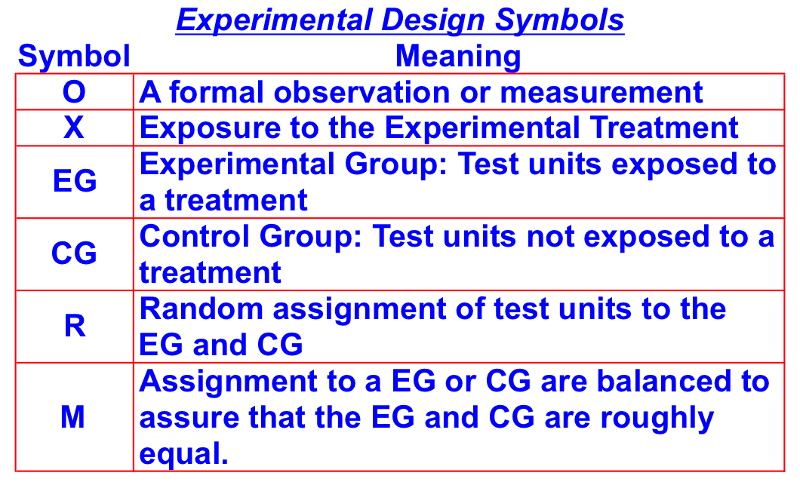
At a minimum, causal inferences rely on several conditions including isolation (that no other variable can reasonably be a cause of another variable), association (that for A to cause B, there should be an association between A and B), and direction of influence (that A causes B and not the other way around Bollen). Regardless of the causal camp in which researchers fall, it is generally agreed that there should be a cause and an effect. As Heckman notes, causality is naturally intuitive but difficult to define.

As such, it is of utmost importance to appreciate that perspectives on causality differ considerably (Heckman 2005 Holland 1986 Pearl 2009 Rubin 1974) and different traditions dictate what is an admissible cause (Bollen 1989 vs. And although neither this introduction nor this special issue go into meaningful detail around the history or theories of causality, it is often useful to take a moment and consider the current place in time that we find ourselves and the conversations that surround us. Later, Descartes, Locke, and Hume (among others) also contributed significantly to modern thinking around notions of causality. The concept of causality dates back to ancient Greece and, among the great scholars, Aristotle is known to have written in detail about forms of causation (Mulaik 2009). The final paper (Rutkowski and Delandshere, this issue) balances the empirical offerings by taking a critical perspective on drawing causal inferences through the lens of a validity framework. Important to keep in mind is that the implemented methods are applied to observational data, most of which are also cross-sectional. Although the treatment is selective, the methods featured here are commonly used in practice and serve as a useful introduction to specific methods of data analysis applied in a quasi-experimental context. Each paper also includes a brief introduction to the method at hand along with a discussion of the important statistical assumptions that underpin each method and whether or not the assumptions are plausible in the given circumstance. The papers here are primarily empirical analyses of ILSA data that feature different methods, all with an aim toward estimating the effect of some cause. In this special issue of Large- Scale Assessments in Education, we offer several papers on the topic of causal inferences with international large-scale assessment (ILSA) data. This, in turn, has motivated interest in making connections between a host of potential causes and achievement although it is important to note that this interest isn’t strictly limited to the achievement domain. Perhaps more importantly, researchers and policy makers want to know what, if anything can be done to improve achievement overall and for particular groups of test takers.

And commensurate with these developments, a natural interest in understanding variation in achievement has emerged. In contrast, current international assessments use highly sophisticated designs, with rotated booklets, complex estimation methods, and computerized platforms for administration participating systems number in the dozens and national policy makers wait with bated breath for the results of each study cycle. This seemingly modest accomplishment of measuring educational achievement in six subjects and twelve countries is really monumental when we consider the state-of-the-science at the time: there was no internet or email and calculating regression parameter estimates could take up to 24 h (Ramcharan 2006). Reported achievement was based on fairly simple statistics and item response theory and related methods were relative new-comers and not often used in educational research. The first such study, the International Association for the Evaluation of Educational Achievement’s Pilot Twelve Country Study was completed in 1961 and measured achievement in math, reading, geography, science, and so-called non-verbal ability (Forshay et al.


Over the past 50 years, ILSAs have experienced marked development in terms of scope, participants, and sophistication.


 0 kommentar(er)
0 kommentar(er)
